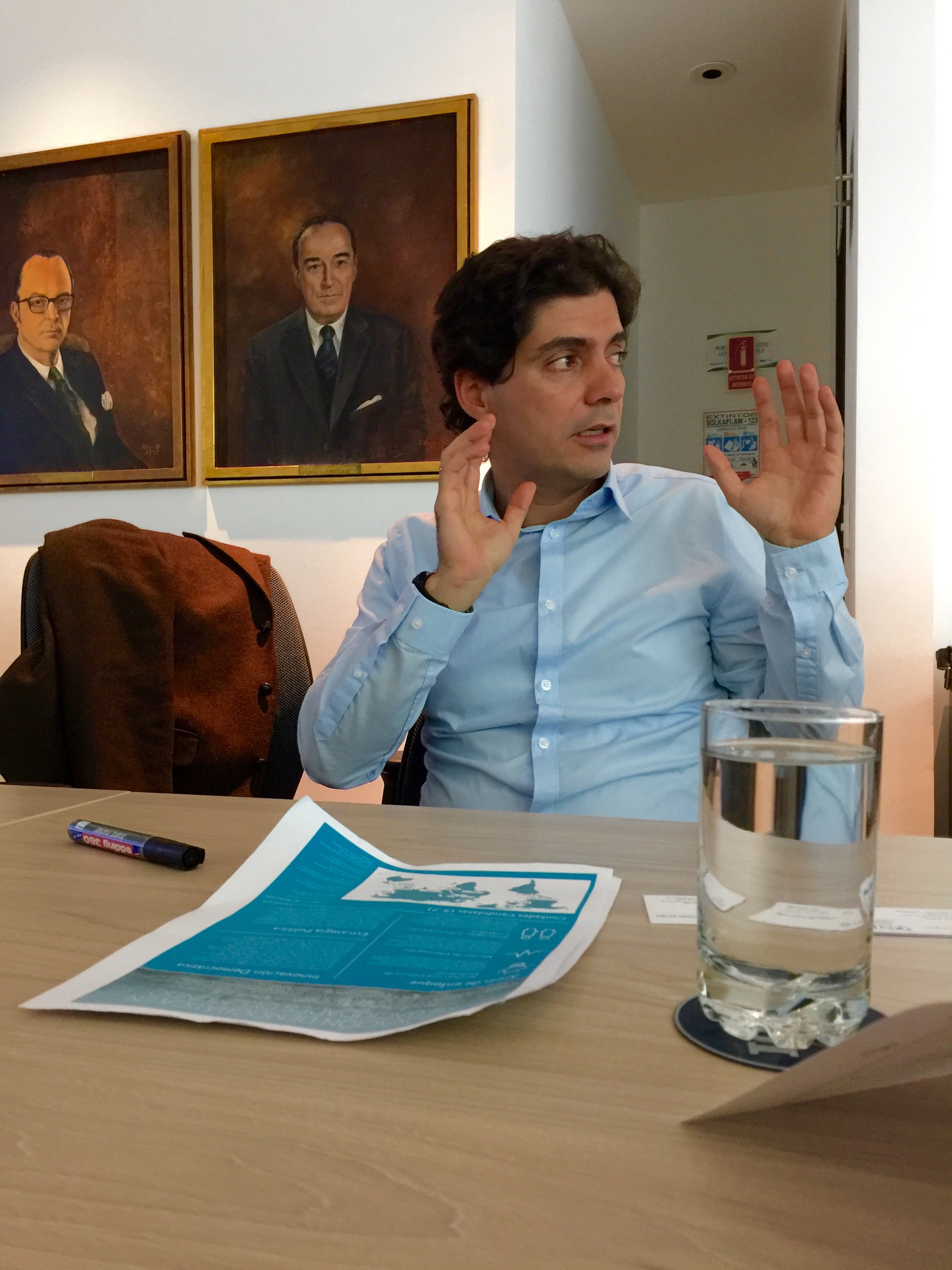Investing in Social Transformation


Medellín, Colombia
The Action
The city of Medellín and two Colombian companies created the Ruta N corporation to accelerate a world-class tech sector locally. But their joint venture was also designed to generate lasting economic and social transformation in the city. Ruta N is powered by significant investment via sustainable funding mechanisms and it is dedicated to broad collaborations, resident participation, and Medellín’s signature social urbanist approach to building the “best for the poor.”
Democracy Challenge
Cities are feeling competitive pressures to attract and nurture “innovation.” Often (and understandably) this leads to a conversation focused on what the tech industry needs rather than on identifying and prioritizing what a city’s residents need to participate fully in the economy and society.
How It Works & How They Did It
Medellín has a remarkable transformation story to tell, demonstrating the power of a commitment to social inclusion. Faced with the need to reclaim large areas which had been (and still are) devastated by the drug trade and neglected by government, Medellín adopted a long-term approach toward inclusive social innovation—powered by sustainable funding mechanisms, broad collaborations and what former Ruta N director Juan Camilo Quintero described as a “Best for the Poor” philosophy.
The primary goal of any innovation system—private or public—should be to overcome our most compelling social challenges.
Best for the poor
This approach, which began under former Medellín mayor Sergio Fajardo (2004–2008), asserts that investment and innovation, including cutting-edge infrastructure and beautiful architecture, should be directed at communities with the greatest need for resources and opportunities. It is an alternative to traditional development approaches that seek to achieve a minimum standard of living for all people, while funneling investment and innovation toward affluent or middle-income neighborhoods. In Medellín this has meant, across multiple mayoral administrations, the installation in long-neglected neighborhoods of new schools, gondolas, escalators, botanical gardens, parks, libraries, an entrepreneurship park affiliated with a university, and the headquarters for the Ruta N incubator itself.

Collaboration & cocreation
Another foundation of Medellín’s approach is to be broadly partnered and resident-involved to leverage the creativity, skills, and labor of diverse community institutions. Notable projects include:
- Ruta N is the city’s hub for building an inclusive knowledge economy in Medellín and surrounding areas. It was founded in 2009 under then-mayor Alonso Salazar, as a joint venture between the city of Medellín, Colombian telecom firm UNE and Medellín-based utility giant Emprésas Públicas de Medellín (EPM, a widely admired company that provides a large and steady revenue stream for City Hall). Organized as a corporation, Ruta N functions as a business incubator offering entrepreneurs access to office space, public funding, and networks of researchers, investors, and fellow entrepreneurs (its Grand Pact for Innovation has more than 4,000 signatory organizations). It is also charged with implementation of a ten-year plan, financed by the city, that includes major investments in science, technology, and innovation. It partners with educational institutions to introduce more students to science and technology and develop local talent. Finally, as the anchor tenant for a new Innovation District in the Sevilla neighborhood, the Ruta N complex is a transformative public facility in its own right.
- MiMedellín gathers ideas from citizens to identify trends.
- Cities for Life, a network of cities interested in social innovation through co-creation, was launched to share Medellín’s story and expand its collaborations internationally.
How’s It Going?
The Innovation District and Ruta N have earned Medellín recognition as a regional and global innovation leader. Medellín was the Urban Land Institute’s City of the Year in 2013, it captured the Lee Kuan Yew World City Prize in 2016, and it was selected by the World Economic Forum in early 2019 to host Latin America’s first center for the “Fourth Industrial Revolution.”
Considerations
Medellín’s famous gondola project has been replicated by other cities in Latin America where informal settlements cling to steep hills above the city center. Where it was developed as a response to real need and in consultation with residents, it has been successful. But in Rio de Janeiro, the cable cars have become a high-profile example of poor urban design—a flashy transit project that ignored the needs and priorities of the very people it was supposed to serve.
Point of Contact
Who Else Is Trying This?
- New York City, US: The Tech Talent Pipeline is an effort to coordinate the work of colleges and universities, city government and employers to ensure that education and training programs are producing graduates with the tech skills that businesses actually need. Read more
- Buenos Aires, Argentina: When Buenos Aires needed to revamp its city hall, it decided to build and inhabit an architectural landmark in one of the city’s struggling, long-neglected neighborhoods. The new city headquarters anchors a tech district, one of several themed districts designed to coordinate investment and entrepreneurship. Read more
- Various locations: In founding Ruta N, Medellín credited the following cities with providing a model for urban transformation: Santiago de Compostela, Spain; Barcelona, Spain; Dresden, Germany; Boston, US; Monterrey, Mexico; and Porto Alegre, Brazil.
Additional Reading
Medellín, Colombia: reinventing the world's most dangerous city
Medellín's comeback: the trouble with miracles
This action was originally developed for Big Bold Cities, an initiative of Living Cities and the National Democratic Institute (NDI); republished here with the permission of Living Cities.